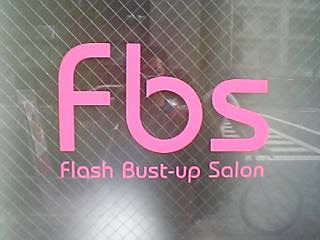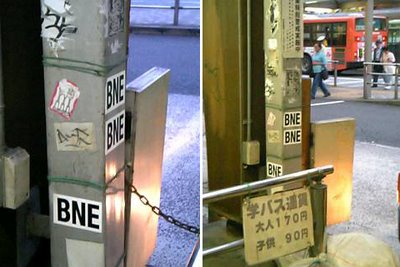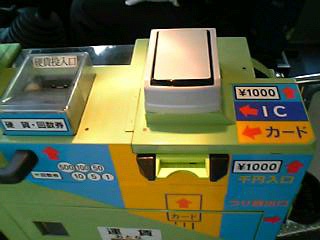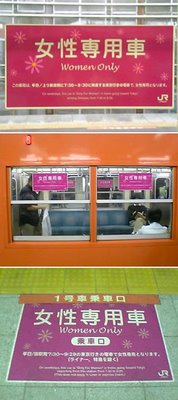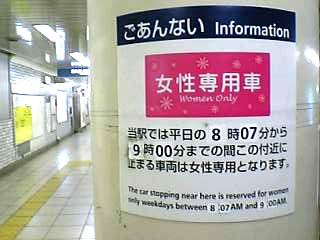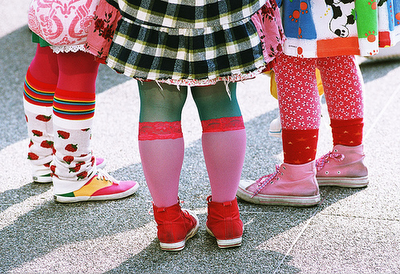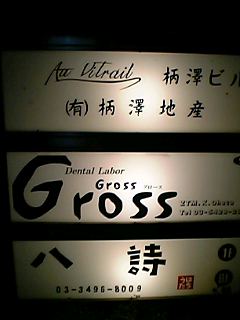
An American expatriate friend of mine told me that if he ever needed any dental work done, he would prefer to wait until he returned to the States, because he had heard that Japanese dental work was not good at all. Someone quizzed me one time why a lot of Japanese covered their mouth when they laughed. I said that it was perhaps out of modesty. Wrong, he said; it was because they did not want to expose their teeth. That was horrible, but was he right?
It did not help that the business on the picture above had the name Gross Dental Labor, and the name was repeated, making it look like Gross, Gross! I am sure it is the name of the person behind the business, not a name chosen out at random. Then again, when you go around Tokyo, you would see these mind-boggling company names: there is a bookstore called Book-Off, or this salon pictured below, whose name was Flash Bust-up Salon. WTH???
